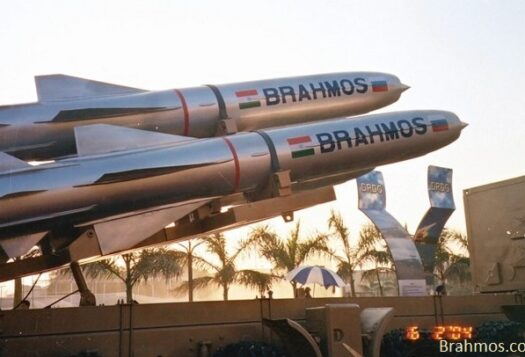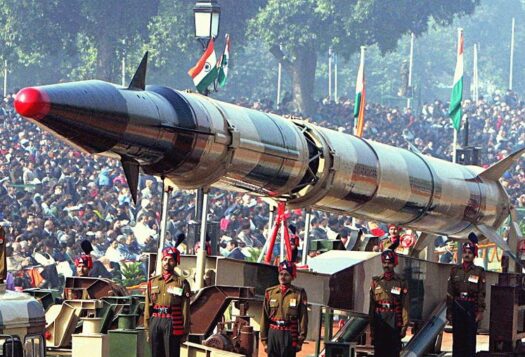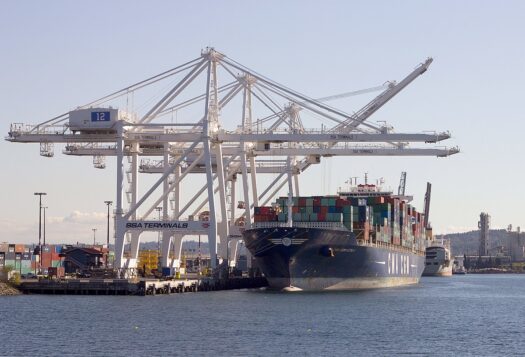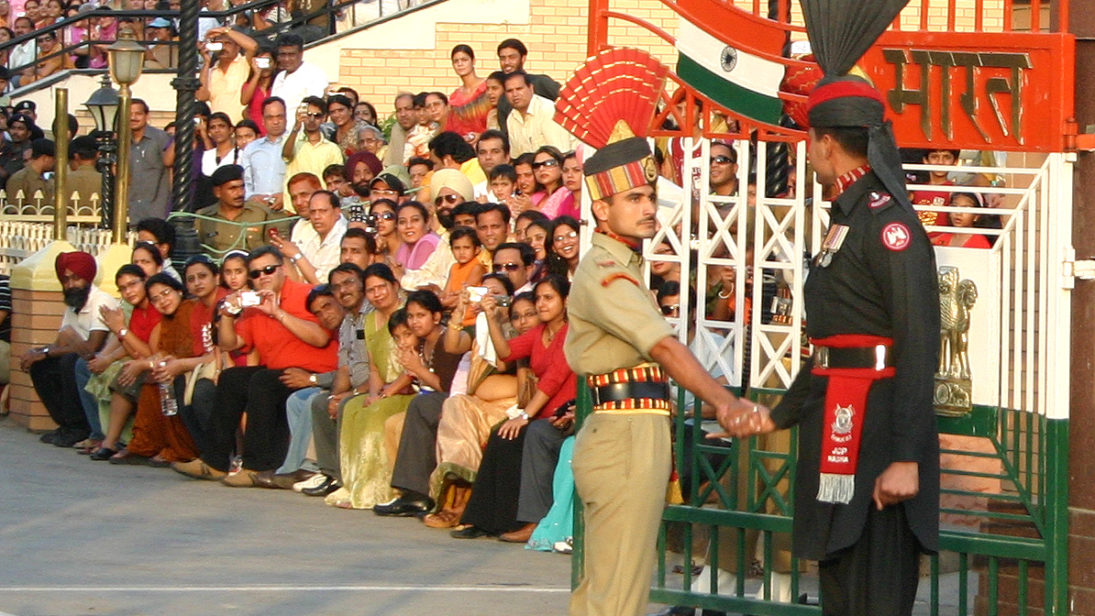
The Cold War witnessed multiple crises moments, involving both direct and indirect confrontation, between the United States and the Soviet Union under a nuclear overhang. Since all nuclear crises in this period were seen through the prism of these two powers’ rivalry, literature on nuclear deterrence and bargaining was derived mainly out of deterrence and escalation dynamics between these two powers and based on a bilateral context. It did not offer much insight into how deterrence and violence bargaining work among regional nuclear powers who operate in a system comprising other state actors that could leverage the power differential between themselves and the regional actors to influence the crisis situation. Political scientist Moeed Yusuf’s new book Brokering Peace in Nuclear Environments: U.S. Crisis Management in South Asia (Stanford University Press, 2018) fills that void in an engaging and rigorous academic endeavor. He essentially argues that crises between regional nuclear powers in a unipolar world are a product of both the relationship between them as well as their interaction with third-party actors, in what forms a triangular system where the third party is equally invested in the crisis.
The crux of the book is that in this triangular system, regional nuclear actors lie on two vertices while the unipole is on the third. Each regional nuclear actor’s cost-benefit analysis revolves around achieving its own crisis objectives and conveying resolve to the adversary without defying the unipole, who seeks de-escalation and has its own desired endgame. Identifying the current nuclear crisis involving regional powers as operating within a unipolar system, Yusuf argues that this crisis behavior stands in contrast with Cold War theories relating to alliance management and extended deterrence that work on the premise that the regional actor is essentially a client state whose actions can be dictated by the superpower. He also distinguishes his conception of the third-party actor from Vipin Narang’s ideas in Nuclear Strategy in the Modern Era: Regional Powers and International Conflict where Narang, in defining catalytic nuclear posture, ascribes agency to the regional actor in drawing the third party into the crisis milieu rather than the third-party having its own set of priorities in doing so. A third-party can do this because of its capacity to impose military and non-military costs on the regional actors and because the regional actors themselves may seek concessions from the third-party.
U.S. Centrality as Crisis Manager
Overall, the book does a commendable job of identifying the centrality of the United States as a crisis manager in South Asia. The book contrasts the drivers of crisis behavior as explained by brokered bargaining versus bilateral deterrence models. The comparison between the two makes for a compelling read and is a treasure trove for students of deterrence dynamics in South Asia. Resolve and prudence signals discussed in the context of bilateral deterrence settings and brokered bargaining explain very well the underlying factors and mechanisms that contribute and control crisis progression. The three case studies on Indo-Pak crises namely the Kargil conflict in 1999, the Twin Peaks crisis of 2001-2002, and the Mumbai 2008 crisis disaggregate the incentives, interactions, and communication tactics of the regional actors to string together the pivotal role of the third-party actor in influencing and shaping crisis dynamics. The dependency of regional actors on the third party for crisis communication in the absence of bilateral risk reduction measures and therefore, the third-party’s ability to calibrate information inducing both stability and instability into the crisis is very well brought out in these three case studies.
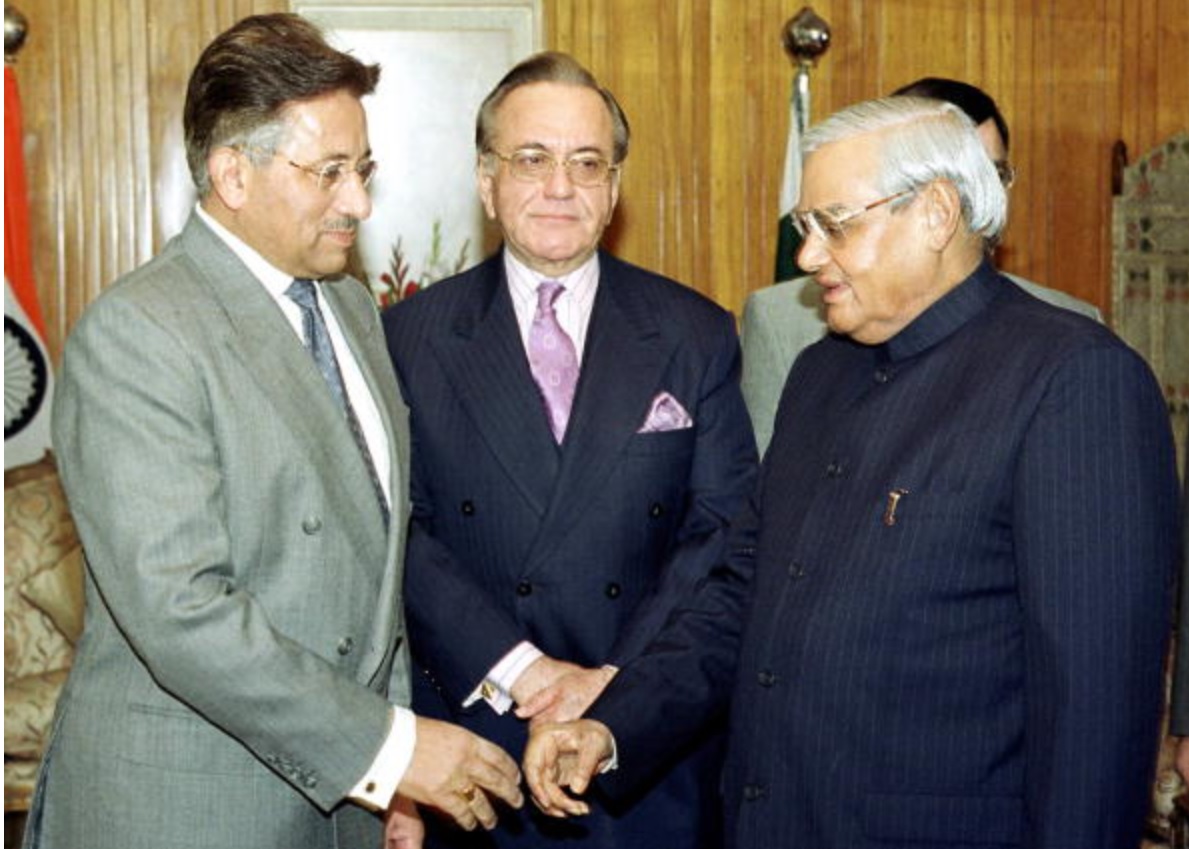
Limits of Brokered Bargaining Model
Largely a flawless piece of work, if one were to still pick holes in the model, they would challenge some of the assumptions related to system properties within which the crises are described. The brokered bargaining model presupposes a high degree of unipolarity in the system in addition to capacity, willingness, and influence on the part of a third-party like the United States to intervene in a crisis. But these attributes may vary in space and time. A lower degree of unipolarity or conversely, a more multipolar order may lead to an attention problem for the United States where it is invested in multiple crises across theaters. In this context, the proposition that the United States would get involved in a crisis without being solicited and before significant escalation occurs does not consider the level of analysis problem (i.e. the state level versus the individual level), where an incumbent leader with a political base that is more inward looking might have a different approach towards such crisis situations. Similarly, new powers like China may lack the foreign policy bent and pedigree for such direct crisis intervention.
Another issue is with respect to the case studies. One is the omission of the July 2006 Mumbai train bombings as a crisis case study in the overt nuclear phase. Since Yusuf considers cases that are part of a single rivalry and span across a decade from 1998 to 2008, given the scale of casualties inflicted in the July 2006 bombings and the time interval in which it happened, it is not obvious to the reader why this was not studied in-depth in the book. Second, in his memoir In the Line of Fire, Pervez Musharraf admits that during the Kargil Conflict, Pakistan did not have the capability to deploy or deliver a nuclear bomb across the border to the target destination. This would imply that Kargil was not so much a nuclear crisis after all, although the perception of that escalatory dynamic existed. Yusuf covers crisis dynamics in-depth until 2008 and then tangentially touches upon the post-2008 dynamic.
Yusuf asserts that crisis-termination or escalation is basically a result of a regional actor’s propensity for positive evaluation by the third actor being greater or lesser than its desire to continue manipulating the risk of war. Positive evaluation by the third actor encapsulates reputational concerns of the regional rivals, need for political or moral support in achieving their crisis objectives, and their direct or indirect dependency on the third actor in terms of any material support. Combined they encode the regional actor’s deference to the third actor’s preferences for deescalation. The desire to continue manipulating the risk of war entails signals of resolve, threats, and statements. This simple inequality is at the heart of the trilateral interaction determining crisis-progression.
This lens, however, undermines the importance of quantitative and qualitative thresholds established over time that take precedence in determining responses in certain situations. In 2016, a militant attack on an Indian army camp in Uri inflicted the highest casualties in a single militant attack in Kashmir in almost 20 years. A quantitative threshold for the theater in question was indeed crossed. The “surgical strikes” conducted by India as a response may be ascribed to domestic political considerations but also show the importance of established threshold perceptions on both sides, which essentially operate in a bilateral deterrence setting. Uri does not fit the brokered bargaining model because India’s response and its communication strategy for crisis-termination were strictly dictated by the bilateral deterrence equation and any communication with outside powers happened post the crisis-cycle. There are some other minor quibbles: there is a typo on page 23 where “asymmetric escalation” is mistakenly written as “asymmetric retaliation.” And the literature review misses out on looking at the role of third-party actors from the purview of the pluralist division of the English school of international relations theory. It would have been interesting to see if the author would have arrived at the same conclusions on the brokered bargaining model using this school of thought.
Crisis Management in a Multipolar World
Theorizing based on crises in South Asia is a risky enterprise given the constant flux and convoluted histories of regional conflict theaters of the world. Yusuf does an excellent job of problematizing the role of the third party and in uncovering the mechanism of interaction at play. The brokered bargaining model makes for an educational and useful read, both for academics and practitioners, but only until the power differentials between regional actors and the third-party actor exactly reflect the system attributes captured in the crises case studies. When these power differentials shift due to loss of unipolarity, onset of a regime that is more isolationist in nature, erosion of third-party leverage with any one regional actor, sheer increase in hard power capabilities of at least one regional actor, or a combination of these in varying degrees, the model may lose its explanatory power.
Editor’s Note: In this four-part series, SAV contributors Tanvi Kulkarni, Joy Mitra, Saima Sial, and Muhammad Faisal review political scientist Moeed Yusuf‘s new book Brokering Peace in Nuclear Environments: U.S. Crisis Management in South Asia (Stanford University Press, 2018). The book traces the history of conflict between nuclear neighbors India and Pakistan and assesses the potential of third parties to prevent nuclear war in South Asia.
***
Image 1: Joshua Song via Flickr Images
